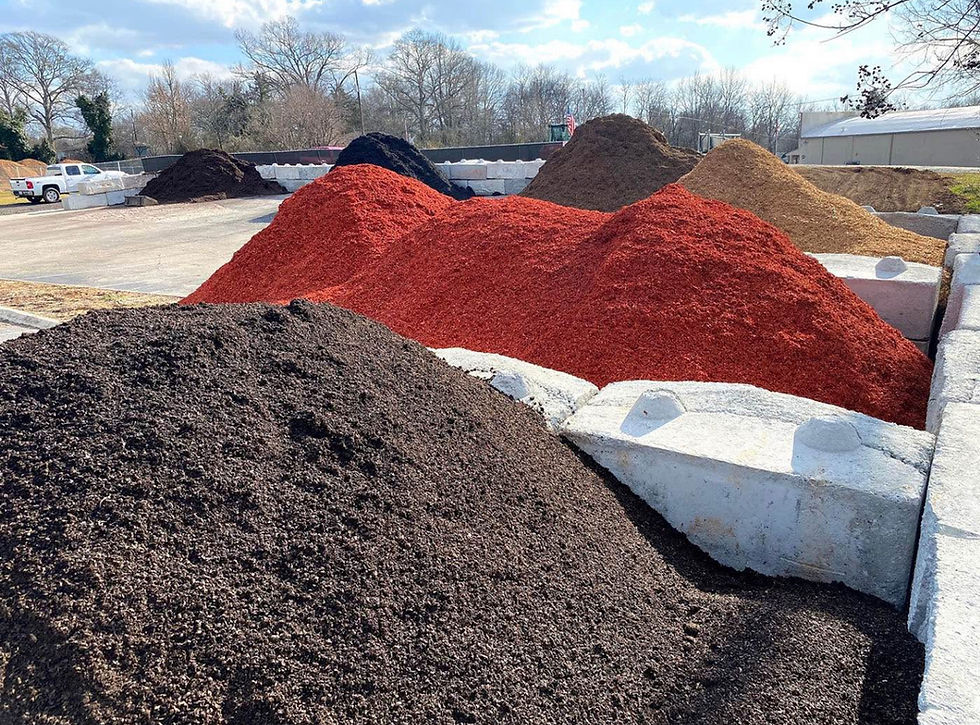Protecting Your Evergreens: How to Spot and Treat Needle Cast Disease
- Jordan L

- Mar 6, 2024
- 2 min read
Updated: Aug 20
Needle cast disease is a common issue affecting many evergreen species, particularly spruce trees. If left untreated, this disease can cause significant damage, leading to thinning canopies and, eventually, tree death. Fortunately, with early detection and proper management, you can protect your evergreens from this harmful condition.
Understanding Needle Cast Disease
Needle cast disease is primarily caused by fungal pathogens that infect the needles of evergreens. One of the most common culprits is Rhizosphaera kalkhoffii. The disease typically begins with the lower branches and gradually works its way up the tree. As the fungus spreads, it causes the needles to turn a yellowish-brown or purplish color, eventually leading them to fall off.

Signs and Symptoms to Watch For
Identifying needle cast disease early is key to preventing long-term damage. Here’s what to look for:
Discolored Needles: The first noticeable sign is yellowing needles, often progressing to a brown or purple shade.
Sparse Foliage: As the disease progresses, infected needles will drop, leading to thinning branches.
Visible Black Spots: Upon close inspection, you may see small black dots, known as fruiting bodies, on the infected needles. These spots are where the fungus reproduces.
Tree Decline: If left untreated, the tree’s canopy may thin out significantly, eventually resulting in branch dieback.

Treating Needle Cast Disease
While needle cast disease can be challenging to manage, several treatment options are available:
Pruning Infected Branches: Remove and properly dispose of infected branches to reduce the spread of the fungus.
Fungicide Application: A well-timed fungicide application can help protect new growth. It’s important to apply fungicides in early spring when the new needles are emerging. Multiple treatments may be necessary throughout the growing season.
Improving Air Circulation: Needle cast thrives in dense, humid environments. Prune trees to increase airflow and reduce moisture retention in the canopy.
Proper Watering Practices: Avoid overhead watering, as wet foliage can promote fungal growth. Water the tree at the base instead.
When to Call a Professional
Needle cast disease can be tricky to diagnose and treat effectively without proper knowledge. If you suspect your evergreens are affected, it’s best to consult with a professional arborist. At Patriot Tree Service, our team has the experience and tools to assess the severity of the disease and implement a tailored treatment plan to protect your trees.
Don’t wait until it’s too late—contact us today for a free consultation and keep your evergreens healthy and thriving!








Comments